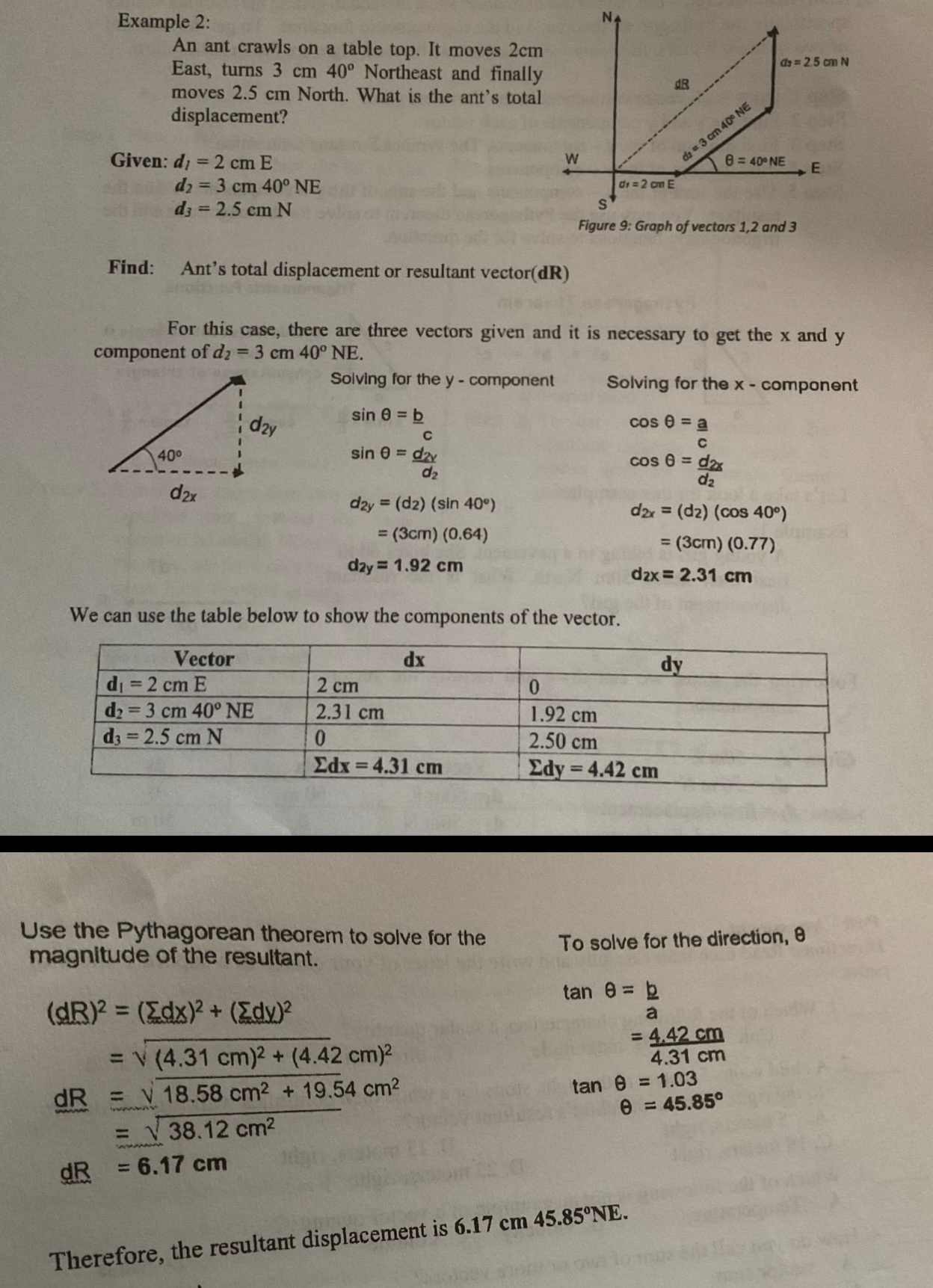Answered step by step
Verified Expert Solution
Question
1 Approved Answer
please answer the following I give an example below Please follow the method of the example thank you 1) Given: d1= 4cm E d2= 5cm
please answer the following
I give an example below
Please follow the method of the example
thank you
1)
Given:
d1= 4cm E
d2= 5cm 40 NE
d3= 3.5cm N
2)
Given:
d1= 5cm W
d2= 5cm 45 SW
d3= 3.5cm S

Step by Step Solution
There are 3 Steps involved in it
Step: 1

Get Instant Access to Expert-Tailored Solutions
See step-by-step solutions with expert insights and AI powered tools for academic success
Step: 2

Step: 3

Ace Your Homework with AI
Get the answers you need in no time with our AI-driven, step-by-step assistance
Get Started


